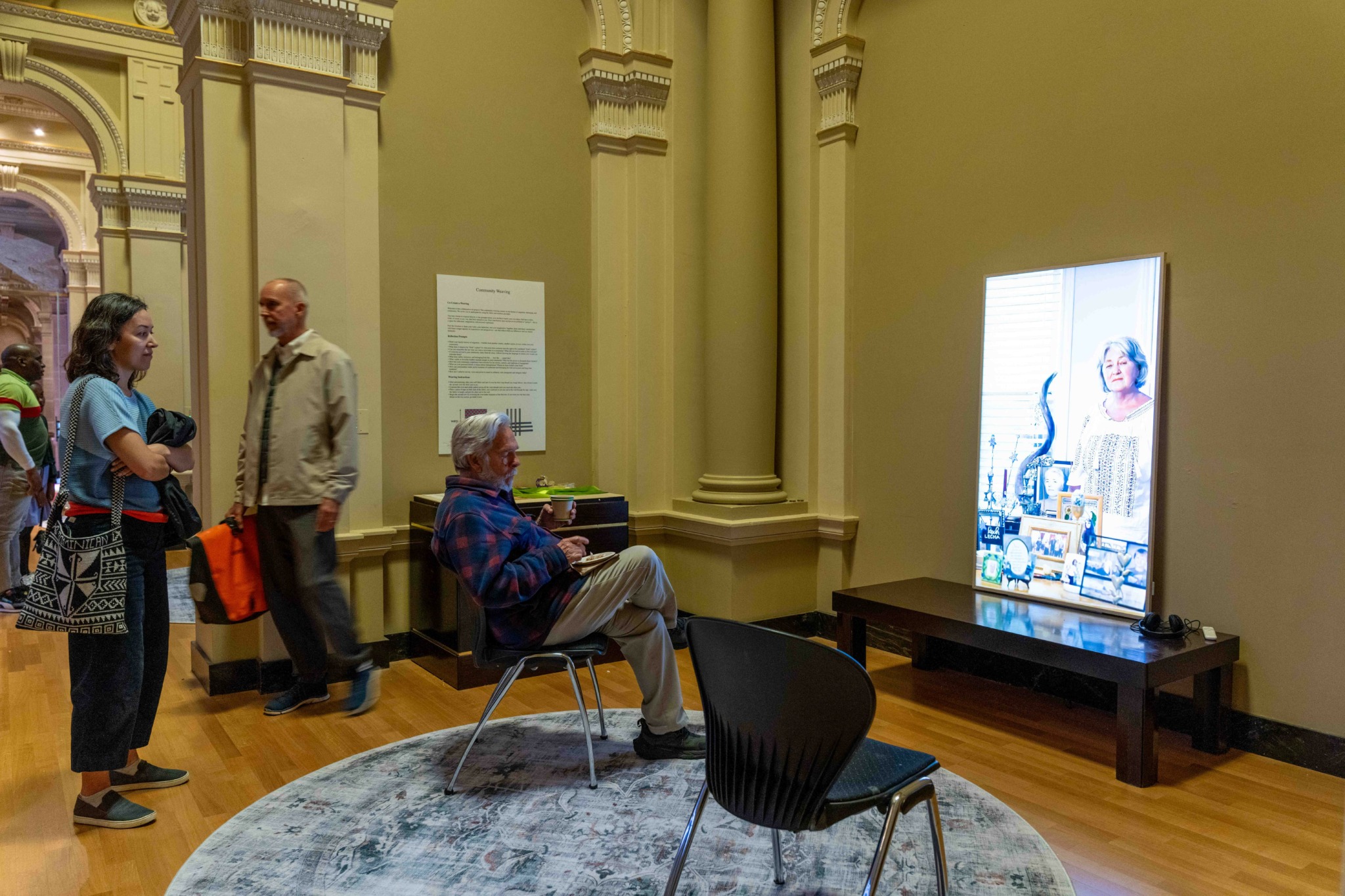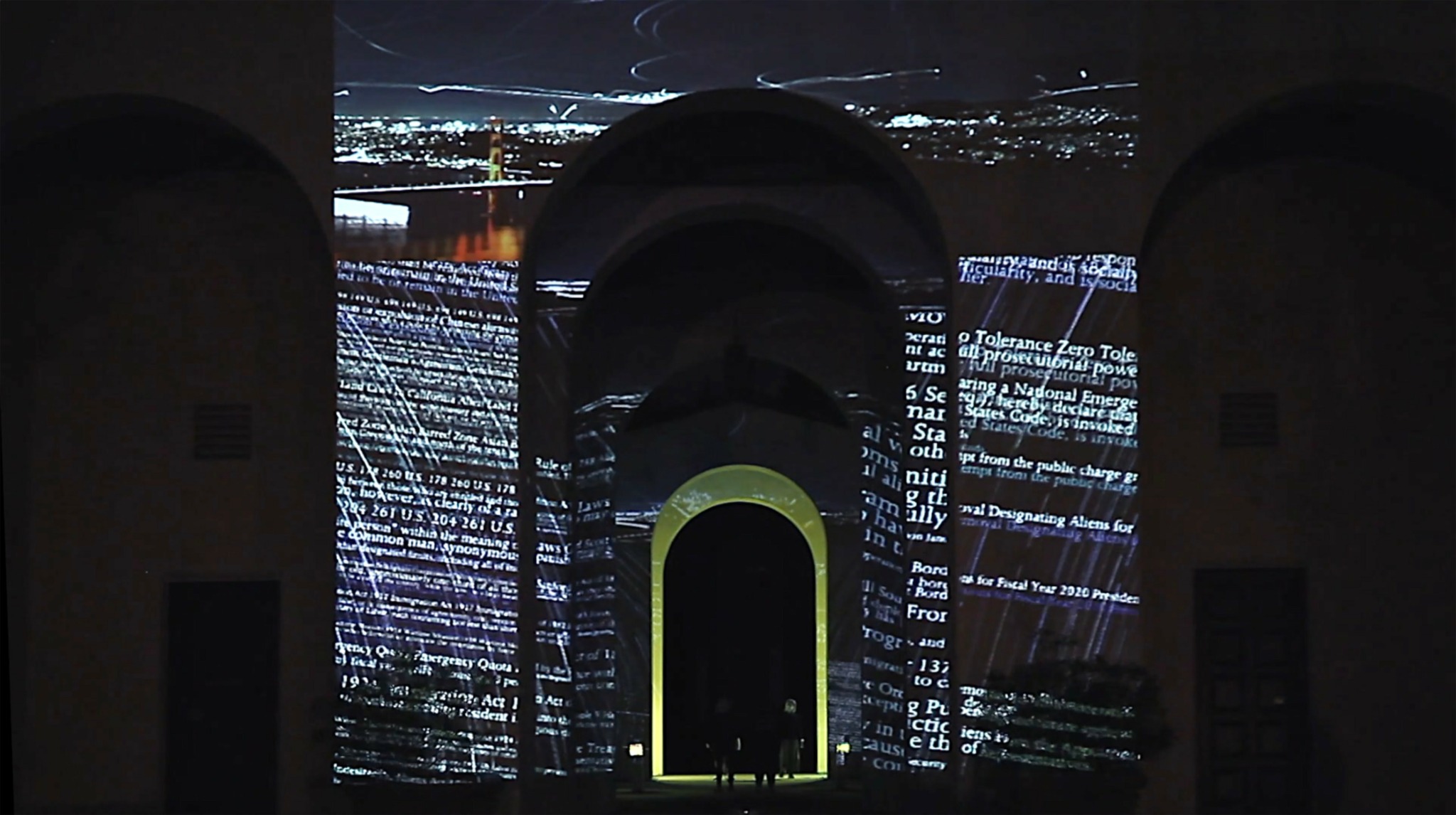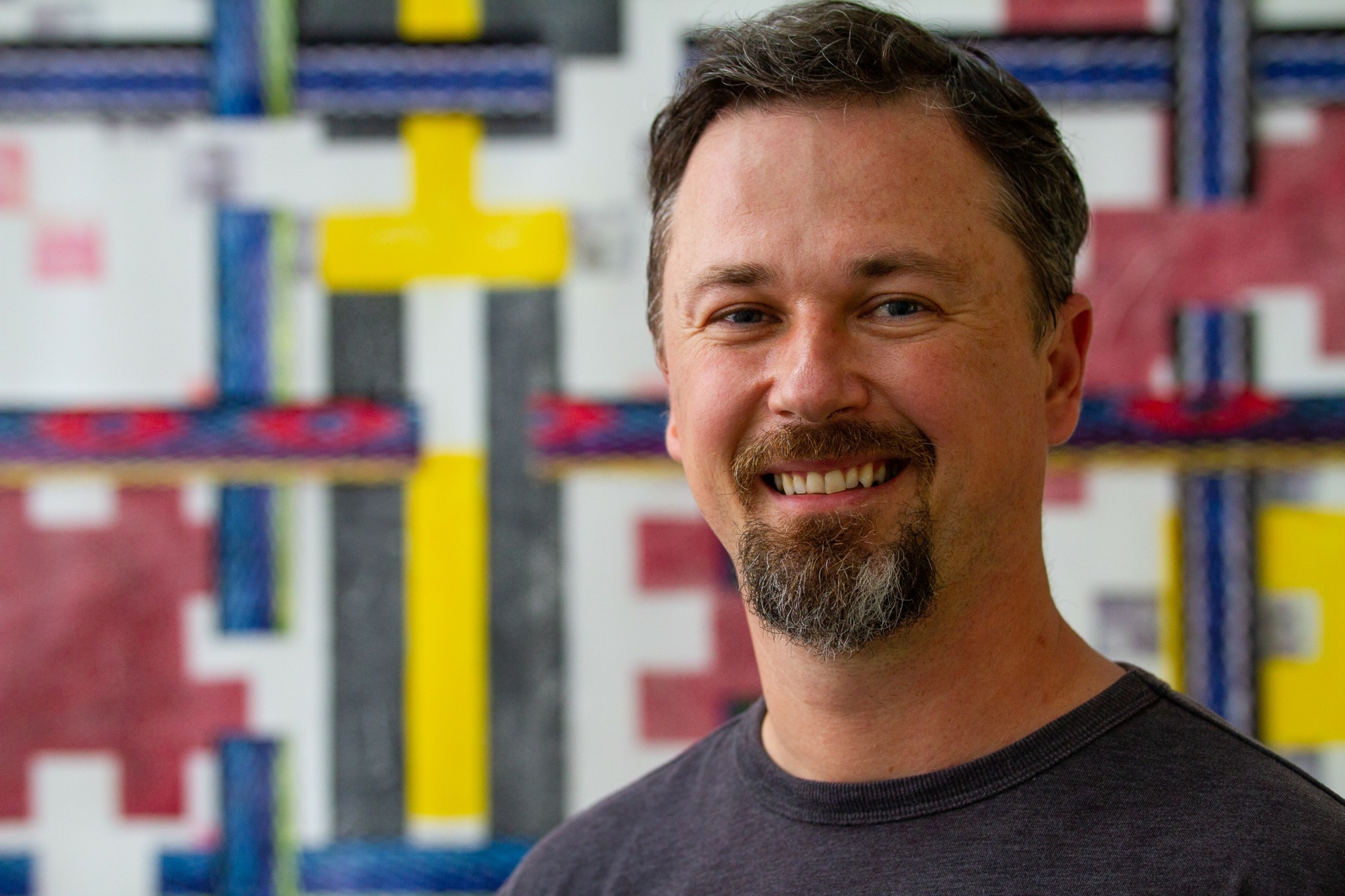We’re excited to introduce you to the always interesting and insightful Alexandru Salceanu. We hope you’ll enjoy our conversation with Alexandru below.
Alexandru, appreciate you joining us today. We’d love to hear about when you first realized that you wanted to pursue a creative path professionally.
Art was central to me from a young age. My mother nurtured that curiosity, exposing me to exhibitions and encouraging me to draw and paint. In school, classmates often asked me to create artwork for them, and I began by copying masterworks and experimenting with different artistic periods. During a semester in Florence, surrounded by centuries of art history, I realized how profoundly art could shape human understanding. In the middle of that semester, 9/11 occurred, a moment that shifted my focus toward the social and political dimensions of art. Traveling through Western Europe with an American passport alongside migrants from Eastern Europe and North Africa revealed the stark inequities in how people are treated across borders. Later, through my partner’s education work, I spent extended periods in El Salvador and the Philippines, forming relationships with people whose histories echoed my own experiences of life under communism and the Romanian revolution that followed. Across these journeys, I began to recognize the shared roots of displacement, such as dictatorships, corruption, lost opportunity, and the sustaining power of diaspora. That understanding solidified my commitment to art’s transformative potential: to humanize social and cultural issues, challenge perspectives, and invite audiences into a more personal, empathetic encounter.
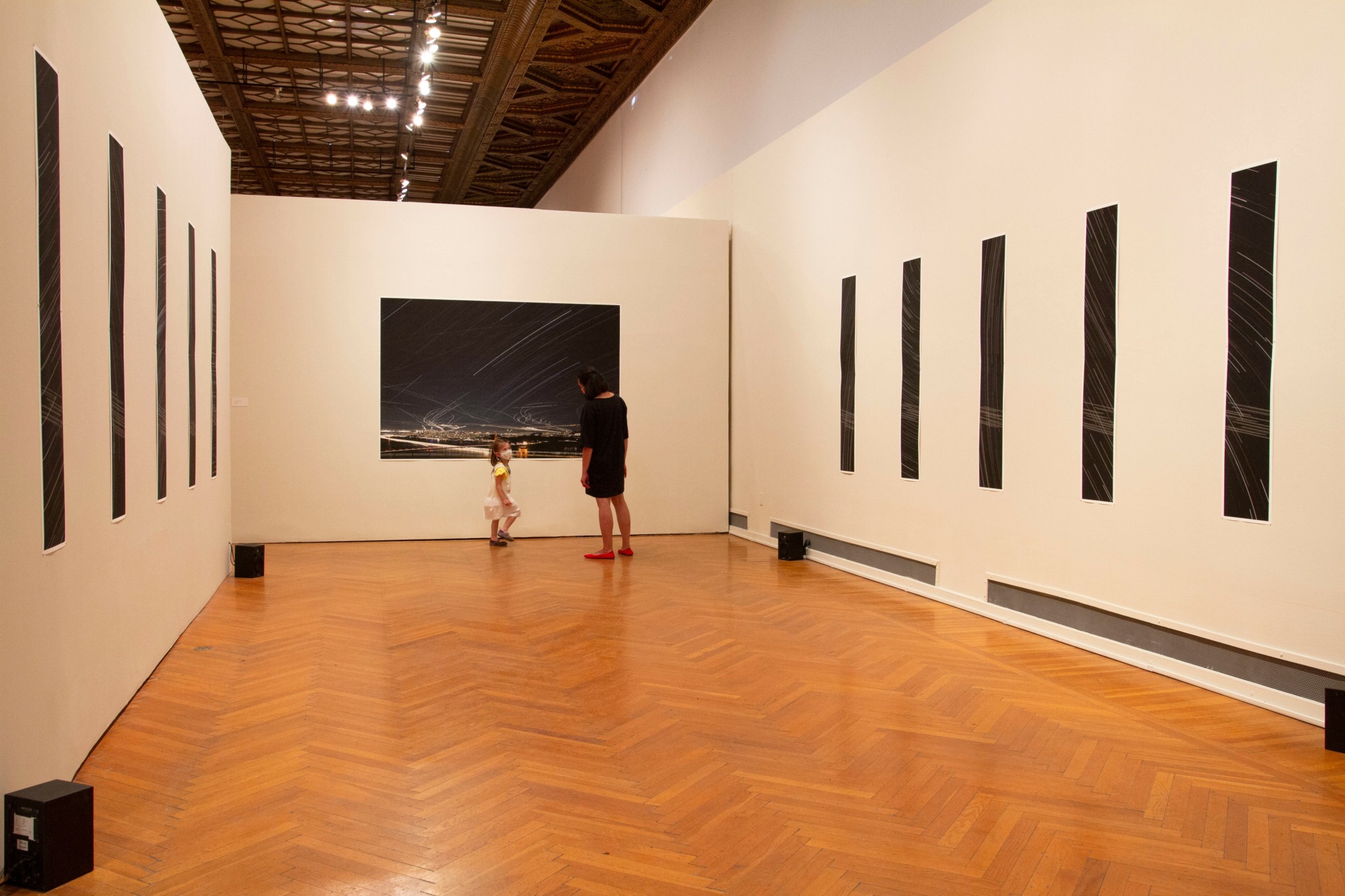
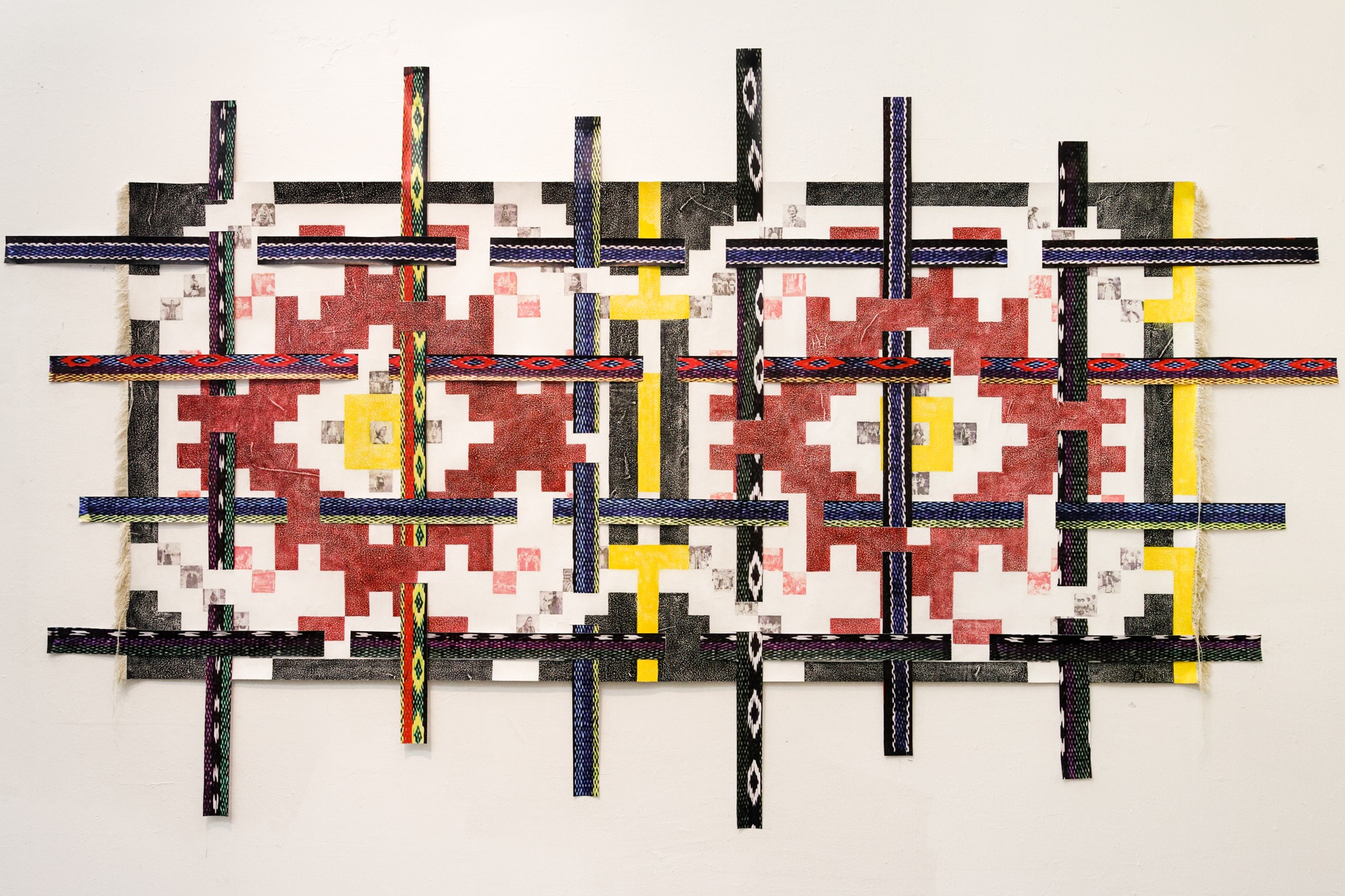
Great, appreciate you sharing that with us. Before we ask you to share more of your insights, can you take a moment to introduce yourself and how you got to where you are today to our readers.
As an interdisciplinary artist, I am driven by concepts and the search for the most effective way to express them. I began with painting and drawing, but after a few spirited debates about photography, and time spent in the darkroom, I expanded my practice to include photography. Today, I am open to all mediums, and my work exists at the intersection of disciplines. I value this freedom and do not believe that artistic expression should be confined to a single style or medium.
As an arts professional, I work across multiple fields. In my role at a local non-profit, I engage with media in its broadest sense: documenting our team’s work through photography and video, and managing and curating exhibitions. I also founded and managed an arts collective for three years, and later initiated a social practice project called Witness Collaborative. This ongoing project engages refugee and immigrant communities in creating process-oriented autobiographical video portraits. Through the creative process, participants tell their own stories, contribute to editing their narratives, and retain agency over their representation.
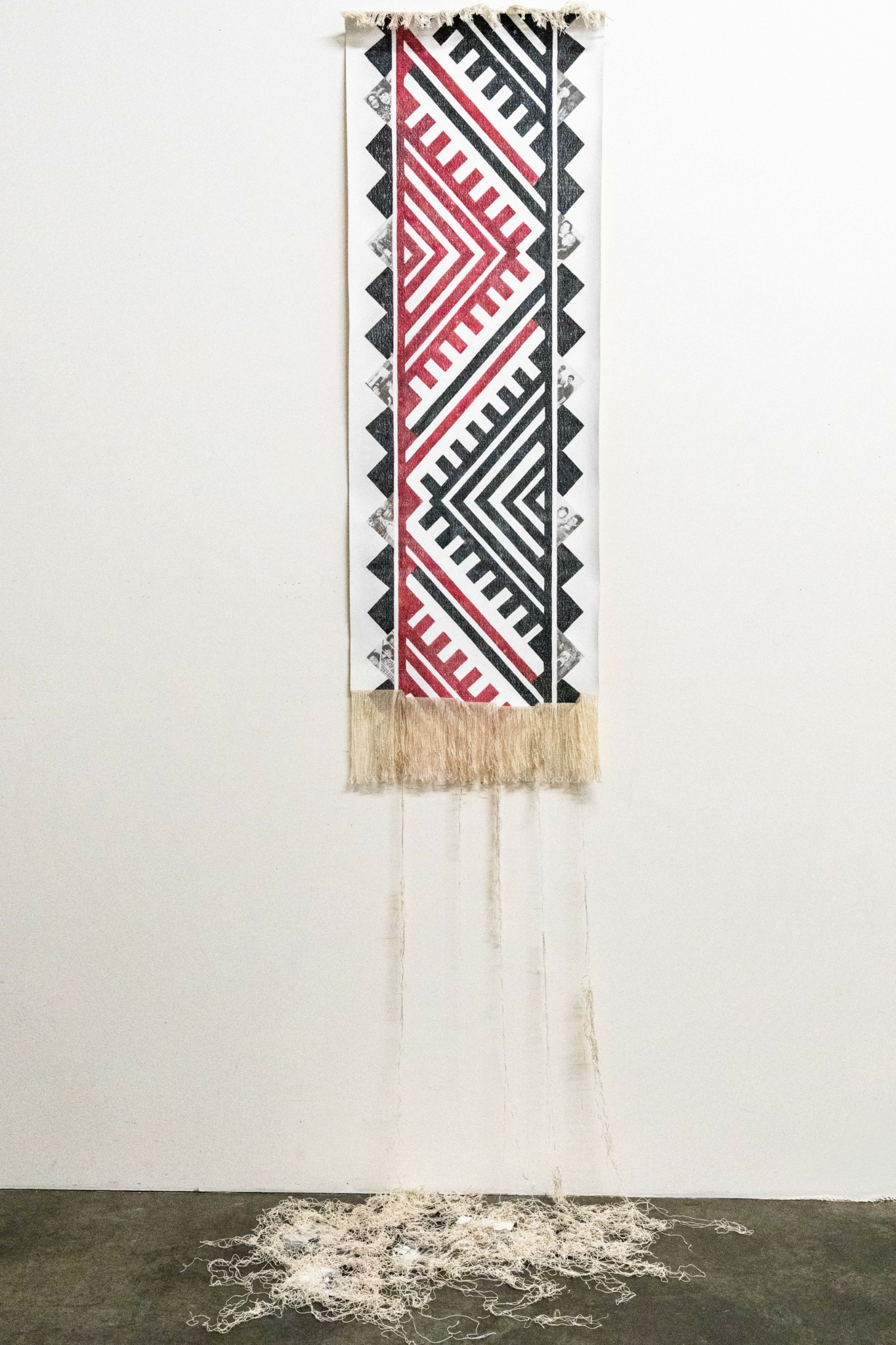

How can we best help foster a strong, supportive environment for artists and creatives?
At this moment in time, supporting artists and the creative community is not just important, it is essential. The arts are the heart of a healthy society: they help us imagine, connect, and make meaning. Yet, many artists today face limited funding, shrinking opportunities, and increasing pressure to sustain their practice. To ensure a vibrant and resilient creative ecosystem, we must act collectively to nurture and sustain creativity at every level.
Public support is vital. Governments and communities must treat the arts as a form of public infrastructure, investing in them not as a luxury, but as a necessity for cultural and social well-being. At the same time, individuals and local organizations can play a powerful role, attending exhibitions, sharing opportunities, and directly supporting artists. When communities participate, the arts become a shared endeavor rather than an isolated pursuit.
Equally important is fostering collaboration over competition. Artists can strengthen the ecosystem by showing up for one another, offering mentorship, sharing skills, and helping dismantle the gatekeeping that often limits access and inclusion. Building networks of mutual support creates space for new voices, new ideas, and genuine creative exchange.
Finally, we need open and honest dialogue between artists, organizations, and institutions. True progress happens when everyone has a seat at the table and conversations are grounded in transparency and shared purpose. This is how we build trust, equity, and opportunity.
A thriving creative ecosystem depends on collaboration, community, and care. When artists support one another and society values their contributions, creativity can flourish, not just for the few, but for everyone.
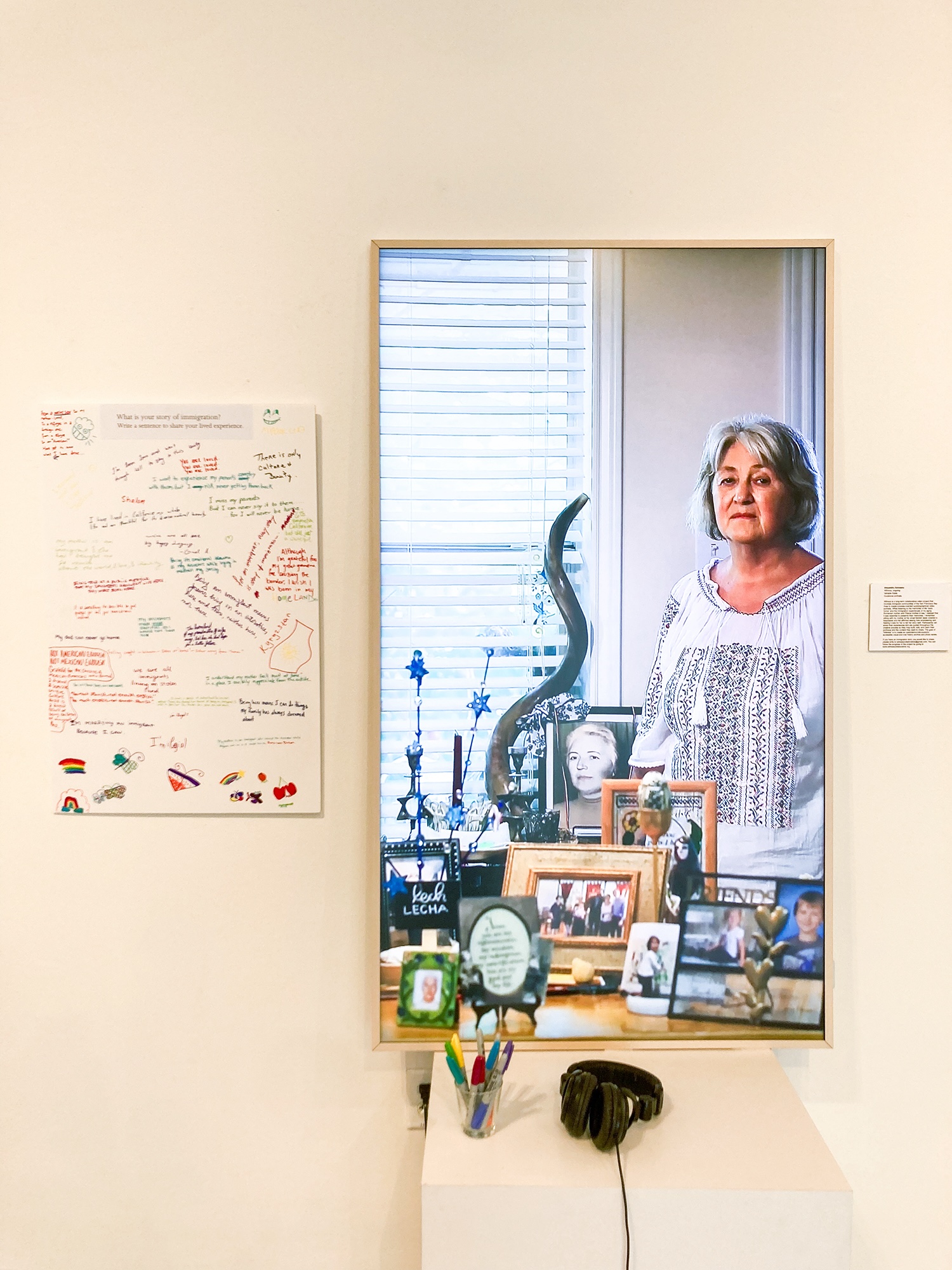
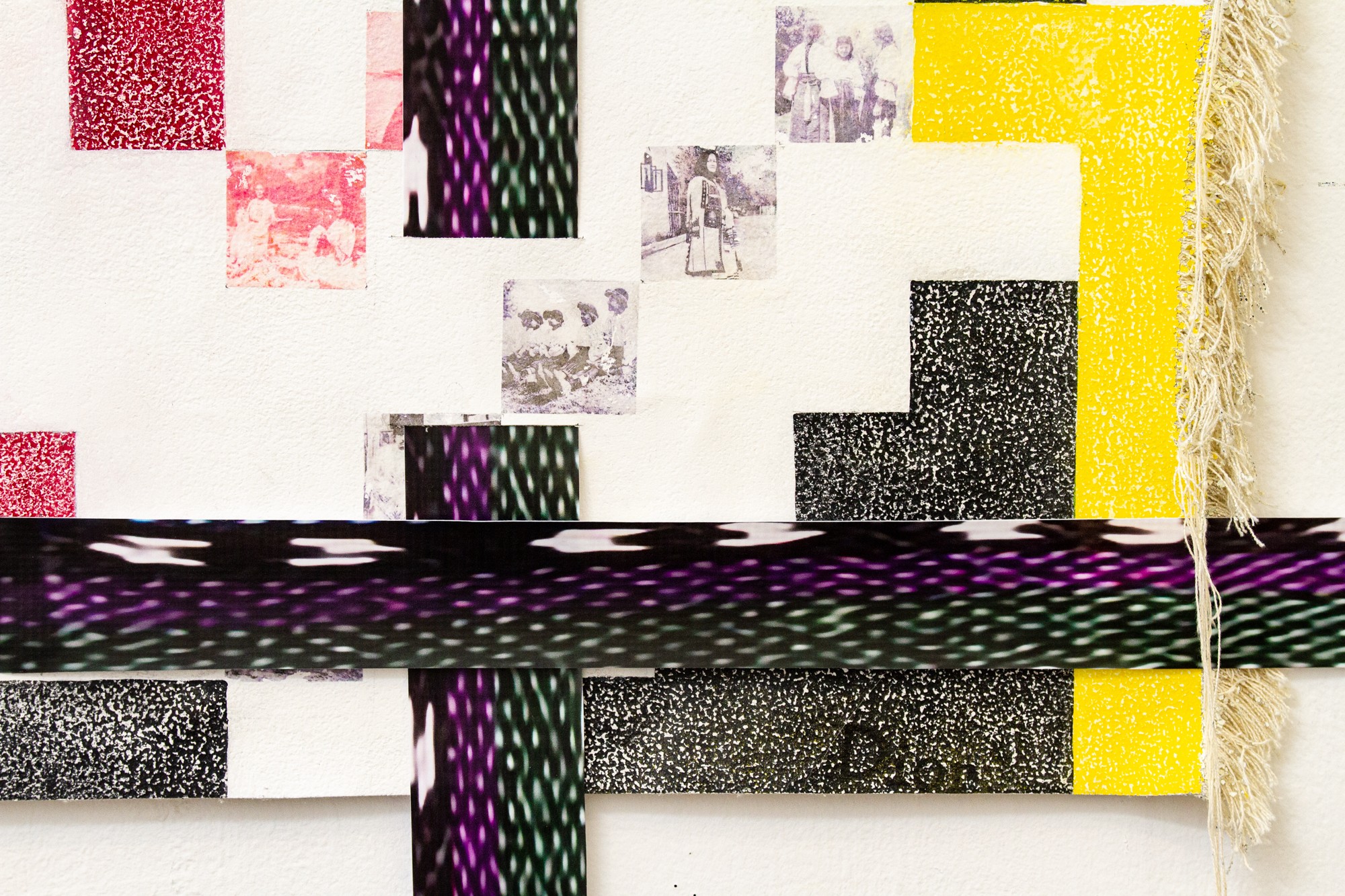
For you, what’s the most rewarding aspect of being a creative?
For me, being an artist is not just a choice, it’s an essential part of who I am. I can’t imagine doing anything else. The most rewarding aspect of being a creative is the freedom to explore, to experiment, and to continually push boundaries. I love the process of pursuing an idea or concept and discovering which form of expression best brings it to life. Each project becomes a journey of curiosity, where technique and imagination meet in unexpected ways.
Beyond the studio, I find the deepest fulfillment in my social practice, in creating work with communities rather than aesthetics. Collaborating with others allows me to connect with people on a profound, human level. It transforms art into dialogue, exchange, and shared experience. Seeing how my work resonates with others, how it sparks thought, emotion, or conversation, reminds me why I create in the first place.
Art, for me, is both a personal exploration and a way to build community. It allows me to engage with the world, to listen, and to contribute something meaningful. That sense of connection, between self, idea, and audience, is the most rewarding part of being an artist.
Contact Info:
- Website: www.alexandrusalceanu.com, https://www.witnesscollaborative.org, https://www.roartcollective.com,
- Instagram: https://www.instagram.com/alexandrusalceanustudio/
